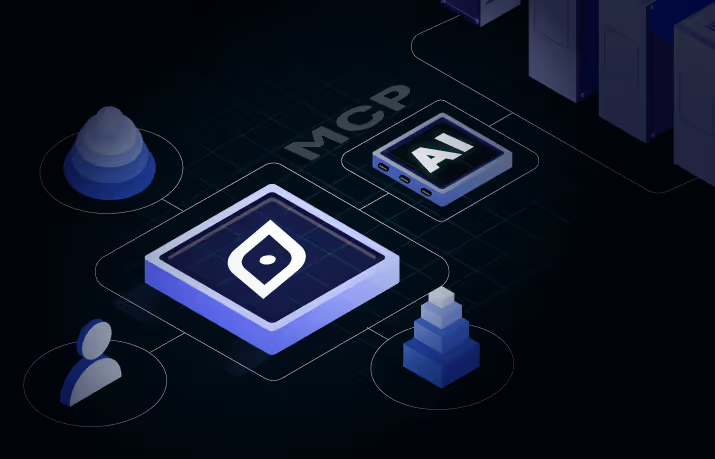6 Cost-Effective Talent Strategies to Build a New-Age Cloud Workforce
While many companies are implementing cost-cutting measures and laying off talent, they are still focused on critical initiatives like the Cloud Transformation. Despite the growth in demand, there is a significant shortage of skilled Cloud talent in the market.
It is anticipated that the global demand for Cloud talent will grow by 50% by 2026. Demand for critical job roles such as a ‘Cloud Security Engineer’ has grown by 3.5% in January 2023 alone.
Furthermore, the technology stack of the Cloud has significantly evolved in the past few years, with New Age skillsets becoming a priority for global companies. As a result, forward-looking Talent Strategies are increasingly focused on identifying, developing, and retaining Cloud Talent to stay competitive.
Additionally, companies are finding it challenging to recruit and retain top Cloud talent due to the high demand for skilled professionals.
However, there are certain cost-effective talent strategies that can help organizations build a New-Age Cloud Workforce in 2023.
Talent Strategies and Reasons for the Rise in Cloud Talent Demand
Optimizing Budgets
Optimizing budgets allocated to Cloud services, such as SaaS, PaaS, and IaaS, is essential for organizations to avoid overspending on Cloud resources. Companies know that proper budget allocation can result in the efficient utilization of cloud resources. It can also help minimize costs without compromising performance, security, or compliance and when aligned with Talent Strategies, ensures that the right skills are in place to manage and optimize these technologies effectively.
Focus on Judicious Utilization
By judiciously utilizing Cloud resources, businesses can streamline their workflows, eliminate manual tasks, and optimize resource allocation. As part of broader Talent Strategies, this also enables teams to focus on higher-value work, resulting in improved productivity, faster time-to-market, and enhanced customer experience while reducing operational costs.
Increased Management Activities
The increasing complexity of Hybrid Cloud and Multi-Cloud environments has resulted in increased management activities for organizations. Managing multiple Cloud environments requires advanced management to monitor, manage, and optimize resources effectively.
This complexity can lead to increased operational costs and security risks, making it critical for organizations to adopt efficient management practices and to align Talent Strategies that ensure teams have the necessary skills and expertise to navigate these challenges effectively.
Fixing Security Issues
The growing use of IoT and Edge computing has resulted in an increased need for organizations to address vulnerabilities and security issues. These technologies enable data collection and processing, making them vulnerable to cyber-attacks. To mitigate these risks, organizations need to implement robust security measures and regularly update their systems.
Additionally, effective Talent Strategies are essential to build and sustain a skilled cybersecurity workforce capable of preventing data breaches and protecting networks from evolving threats.
Cost-Effective Talent Strategies to Build a New-Age Cloud Workforce
Leveraging Global Hotspots
The demand for cloud talent is growing rapidly due to the increasing adoption of cloud technology. However, finding and hiring the right cloud talent is still challenging.
One way to overcome this challenge is by leveraging global hotspots for cloud talent. These hotspots hold a high concentration of cloud talent and include San Francisco, Washington D.C., Los Angeles, and New York, with 1.06 Million Cloud professionals.
By tapping into these hotspots, organizations can access a pool of highly skilled cloud professionals and benefit from their expertise as well as explore remote hiring options as part of broader Talent Strategies.
Globalization
To build a high-performing cloud team, organizations can consider setting up global capability centers (GCCs). Expanding or setting up global capability centers can help save up to USD 6 million for a scalable cloud team.
As part of forward-looking Talent Strategies, establishing a GCC for the cloud enables organizations to build a team of cloud professionals that work collaboratively across different geographies, leveraging each other’s strengths and expertise.
This approach allows organizations to access a global talent pool, optimize their resources, and improve collaboration and knowledge sharing. It also helps develop a standardized and streamlined approach to cloud adoption on a global scale.
Hiring from IT Services Companies
IT services companies are known for their expertise in cloud technologies and have a large pool of skilled professionals with experience in various cloud platforms.
As part of effective Talent Strategies, organizations can tap into this pool of cloud talent that has already been trained and certified, reducing the time and cost of recruitment and training.
Additionally, IT services companies can provide organizations with resources and expertise for cloud migration, deployment, and management, helping accelerate their cloud adoption journey.
Leverage Gig Economy
Organizations looking to build a cloud talent team can consider leveraging the gig economy or part-time workers with cloud expertise. This is a talent pool that is available on demand and offers a range of specialized skills necessary to achieve cloud goals.
As part of agile Talent Strategies, leveraging the gig economy enables organizations to access a global pool of cloud professionals with diverse skill sets and experience levels without the need to invest in owned infrastructure.
This approach allows organizations to access cloud talent on a project-by-project basis, reducing fixed costs, increasing agility, and scaling their cloud talent team as needed.
Reskilling Internal IT talent
Many skills that IT professionals possess, such as programming, networking, and cybersecurity, are transferable to cloud computing. Thus, disrupted IT jobs can be reskilled to in-demand cloud roles.
As part of forward-thinking Talent Strategies, organizations can invest in reskilling programs to train their existing IT workforce in cloud technologies reducing the need for external recruitment and improving employee retention.
Additionally, reskilling supports the development of a strong cloud workforce with a deep understanding of the organization’s business processes, culture, and operations.
Upskilling Existing Cloud Talent
As part of forward-looking Talent Strategies, investing in upskilling programs enables organizations to equip their cloud talent with the latest skills and knowledge to optimize cloud infrastructure, improve security, and innovate.
Upskilling can include training in emerging cloud technologies, such as artificial intelligence, machine learning, and data analytics, as well as cloud-specific certifications.
As part of targeted Talent Strategies, upskilling can also be customized to fit the unique needs of an organization, ensuring that cloud talent has the skills required to support business objectives.
The Bottomline
In conclusion, building a new-age cloud workforce can be challenging and expensive, but it is critical to remain competitive in the rapidly evolving technology landscape.
By implementing cost-effective Talent Strategies, organizations can find or build the cloud talent they need to drive cloud transformation across industries. Each Talent Strategy discussed above can help organizations reduce recruitment costs, improve employee retention, and scale their cloud talent team as needed.
Draup is an AI-powered talent intelligence platform that delivers HR leaders with data-backed insights into the global talent pool, cost modeling, and reskilling pathways suitable to manage talent faster and drive company-wide reskilling initiatives or hire quality talent.










.svg)
















.svg)





.svg)





.svg)
